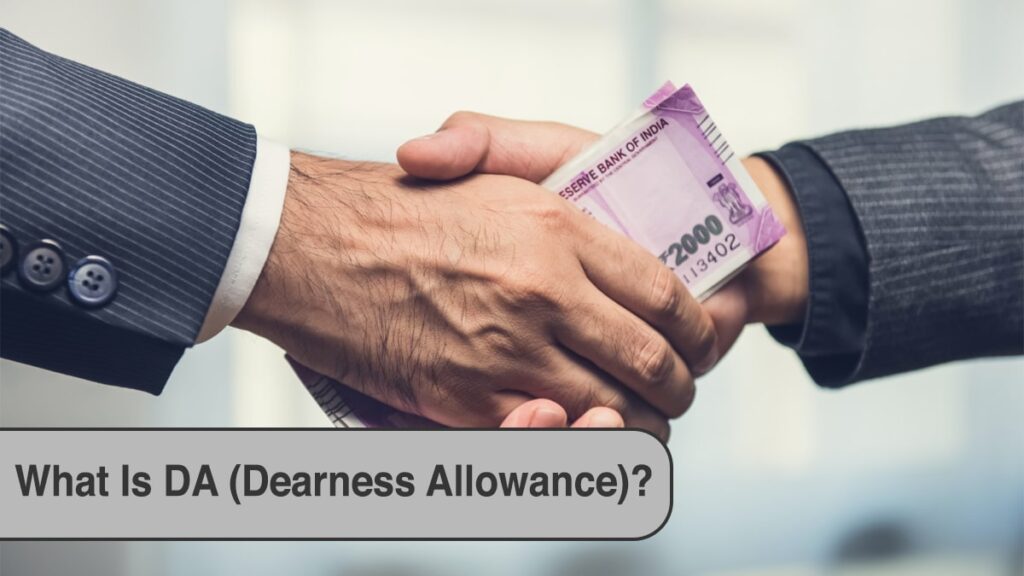Dearness Allowance is a component of the salary that you receive from the employer and comes in a fixed percentage of your basic salary. The purpose of the Dearness Allowance is to reduce the impact of rising inflation.
Employers provide the Dearness Allowance as per the location of the individual. DA has a direct correlation with the cost of living hence, the urban, semi-urban, and rural areas have different DA allotments.
If you are new to the job market or wish to delve deeper into the intricacies of salary composition and structures in the corporate world, starting with an understanding of Dearness Allowance (DA) is a good beginning.
In this article, we will discuss what DA or Dearness Allowance is, the calculation of DA, types of DA, and more.

Types of Dearness Allowance
The following are the types of Dearness Allowance-
Industrial Dearness Allowance
Industrial Dearness Allowance is a type of allowance that is provided to the staff members of public sector businesses. The Government of India recently increased the IDA for the industries by 5% and all the board-level executives, officers, and staff members of the Central PSUs are beneficiaries of this increase. The inflation in the country is rising especially after COVID-19 and other economic strains, therefore, the government sector businesses adjust the IDA quarterly as per the Consumer Price Index (CPI).
Variable Dearness Allowance
Variable Dearness Allowance or VDA is an allowance that is revised every six months by the Central Government for the employees of the Central Government. This change is observed by considering the fluctuation of the Consumer Price Index (CPI).
There are three components of the VDA, Consumer Price Index (CPI), Base Index, and variable DA amount fixed by the government of India. The Variable DA is fixed until the minimum wages are revised. Similarly, the based index also remains fixed for a long time. The only thing that keeps on changing is the Consumer Price Index (CPI).
Calculation of Dearness Allowance
The following is the formula to calculate the Dearness Allowance-
For Central Government employees:
Dearness Allowance % = ((Average of AICPI (Base Year 2001=100) for the past 12 months -115.76)/115.76) *100
For Central public sector employees:
Dearness Allowance % = ((Average of AICPI (Base Year 2001=100) for the past 3 months -126.33)/126.33) *100
Where AICPI stands for All-India Consumer Price Index.
How is DA Treated Under Income Tax?
The Dearness Allowance is a taxable part of your salary and the tax will be Tax Deducted At Source. As per the Income Tax Act of 1961, it is mandatory to declare the tax liability for DA while filing the Income Tax Return.
FAQ
No, HRA stands for the House Rent Allowance which is an essential part of the salary of an individual both private and public sector employees whereas Dearness Allowance is only provided to the Public sector employees.
Yes, Dearness Allowance is a taxable part of the salary.
Dearness Allowance is only available to public sector employees both Central and State Government employees are eligible for this benefit.
Yes, Dearness Allowance is based on the location of the employees. For urban the DA is higher, as compared to semi-urban or rural regions.
The DA is revised by the Government twice a year, on January 1 for the period from January to June and on July 1 for the period from July to December.
Dearness Allowance (DA) is calculated on the pension of a retired employee without commutation. This means, that the employee receives a percentage of the original pension as DA.



